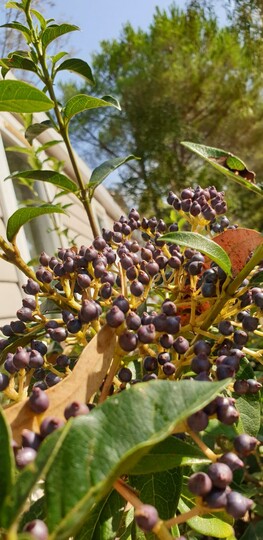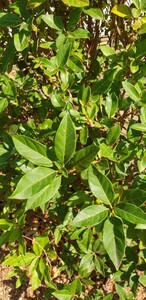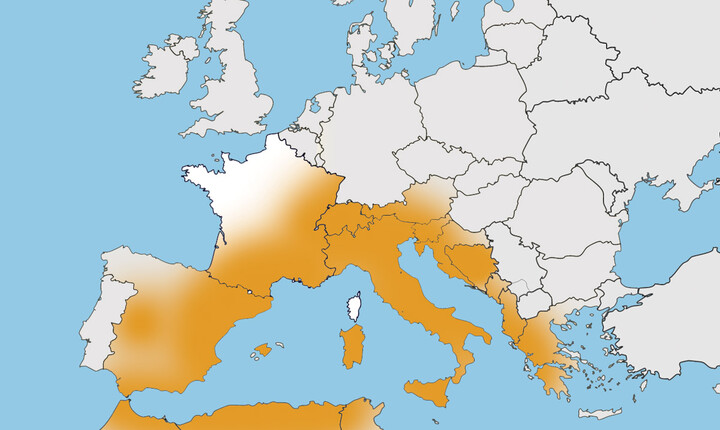Laurustinus
Presentation
Its French name is misleading!
Referred to as the laurier-tin in French, the people of Provence could be forgiven for thinking this tree has something to do with thym (thyme). But no!
The Viburnum tinus, laurustinus or laurustine is native to the Mediterranean basin. The word tin in French refers to a piece of wood used to support a boat keel during construction. And in Provencal dialect, tin means “construction site”.
What does this have to do with the Laurustinus on show at your favourite four-star campsite Les Jardins de La Pascalinette®? We’re not quite sure!
Laurustinus is a pretty, evergreen shrub guaranteed to add a touch of elegance to any garden. It is appreciated for its glossy, dark green leaves and clusters of fragrant flowers that bloom in winter and early spring. These delicate blooms, usually white or pinkish in colour, strike up a beautiful contrast with the plant’s dark foliage, creating an enchanting display.
Very widespread in Provence
You’ll find Laurustinus growing wild throughout the forests and garrigue of the South of France! It is also very resistant to pollution, which is why it is often seen along the roads of the Var area, French Riviera-Côte d’Azur.
In addition to its ornamental beauty, Laurustinus is appreciated for its hardiness and easy upkeep.
It tolerates varied soils well and can thrive in partial shade or direct sunshine, making it a popular choice for gardens and landscaped areas.
The decorative Laurustinus is much appreciated by birds too: they feed on its blue berries and happily come to nest in its dense foliage. What a perfect plant for our LPO (Bird Protection League) campsite!
Identity
| Latin name : | Viburnum tinus |
|---|---|
| Family : | caprifoliaceae |
| Genus : | Viburnum |
| Species : | tinus |
| Color : | Green foliage / white flowers |
| Origin : | Mediterranean |
| Foliage : | Evergreen |
| Port : | Shrub |
| Height : | Up to 4 m |
| Flowering : | Autumn to spring |
Did you know?
Its little fruits may look appetizing, but are in fact very toxic to humans (digestive disorders).



